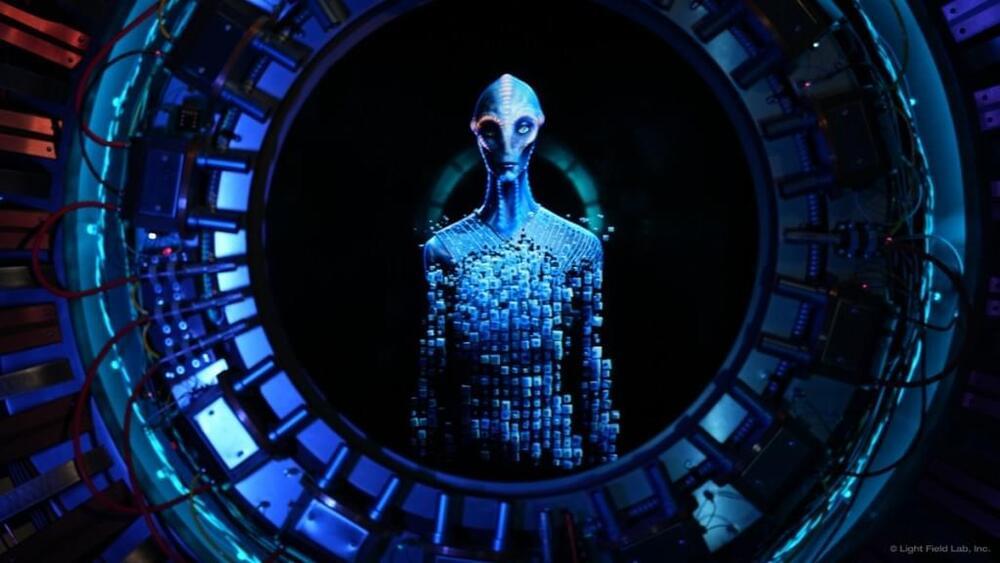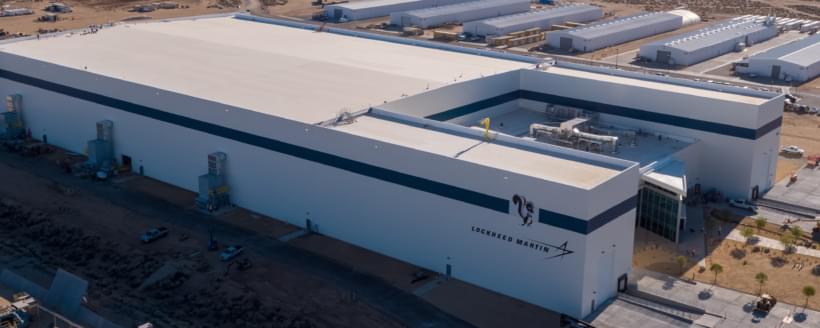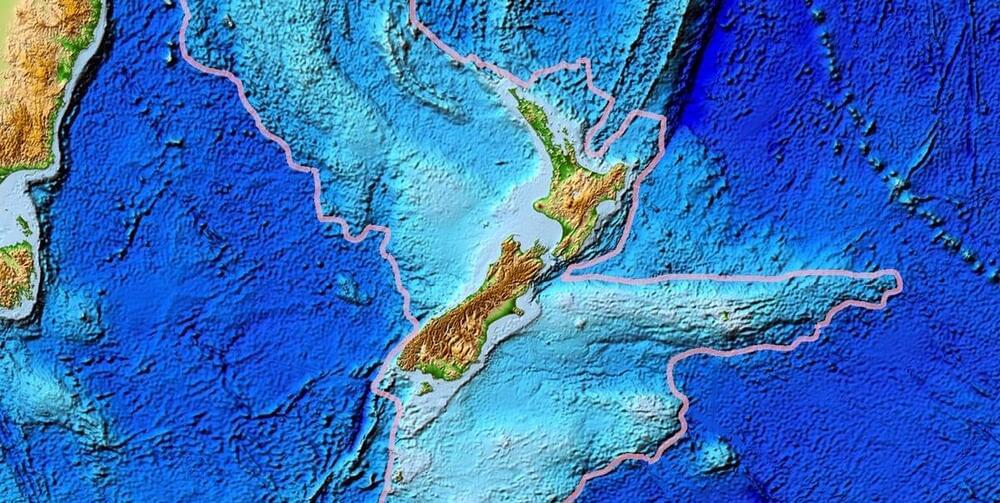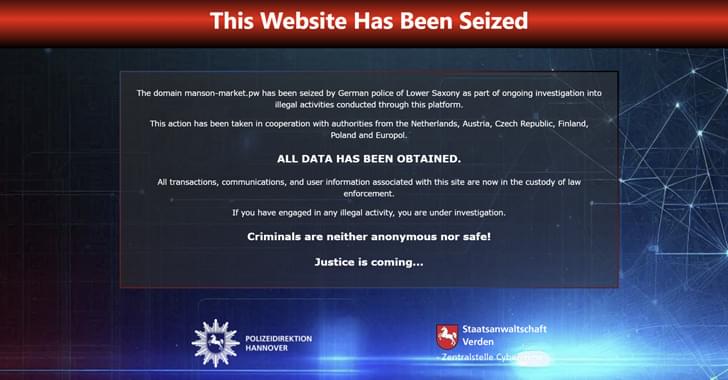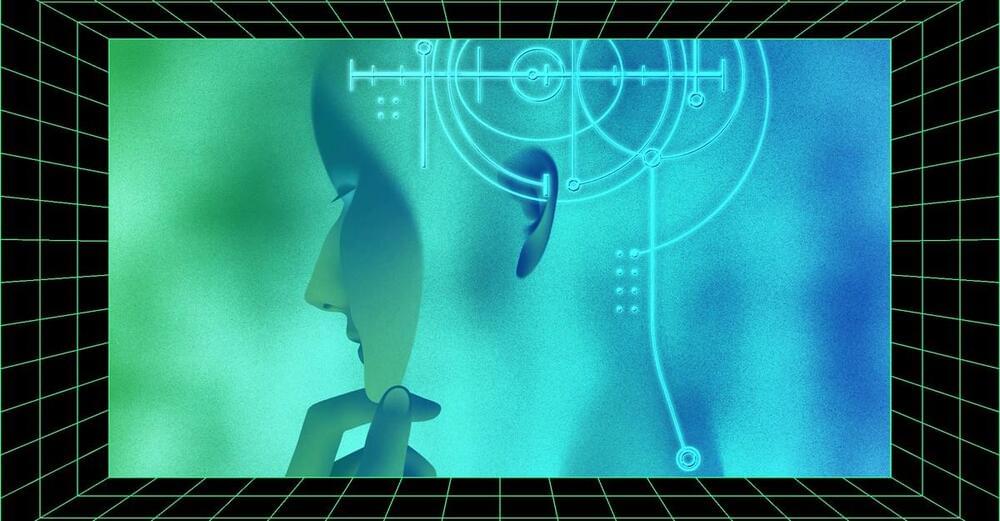Light Field Lab has launched its SolidLight Holographic and Volumetric display technologies that will power some amazing imagery of the future.
These next-generation display technologies will be used by major companies to build a wide variety of holographic images and animations. Connecting a bunch of panels together, the system can modulate 10 billion pixels per square meter.
Last year, Light Field Lab raised $50 million, adding to its war chest of $85 million raised since its inception. And now I can see where that money is going. The San Jose, California-based company gave me a theatrical tour of an animated demo of an alien that it builds in collaboration with the SETI Institute, the organization searching for extraterrestrial intelligence in our galaxy.
